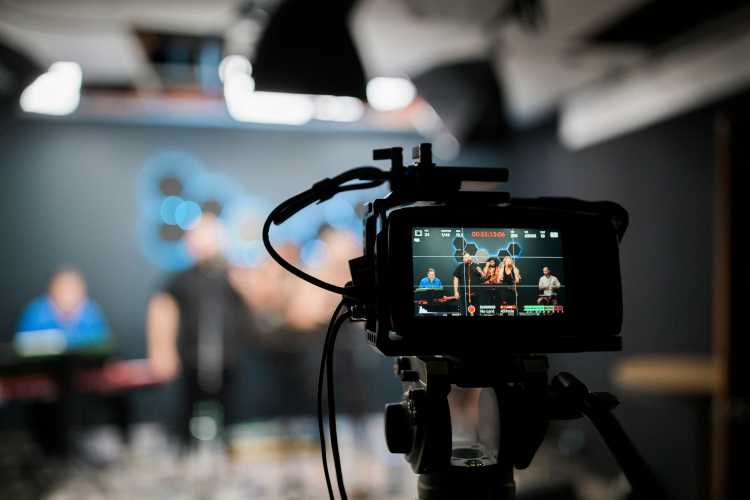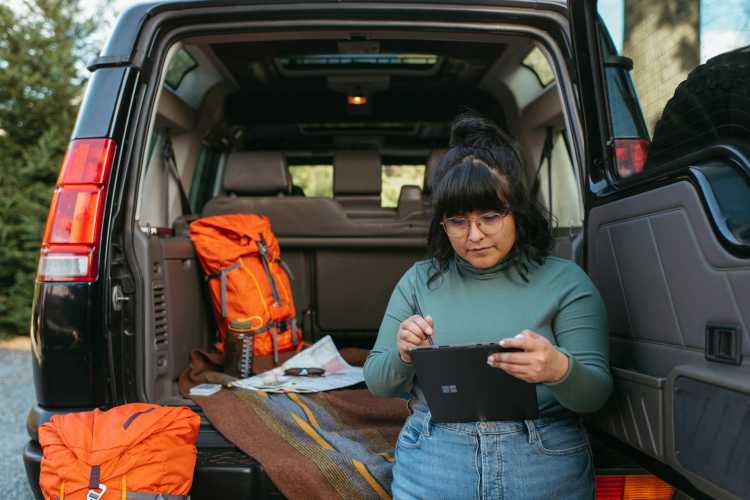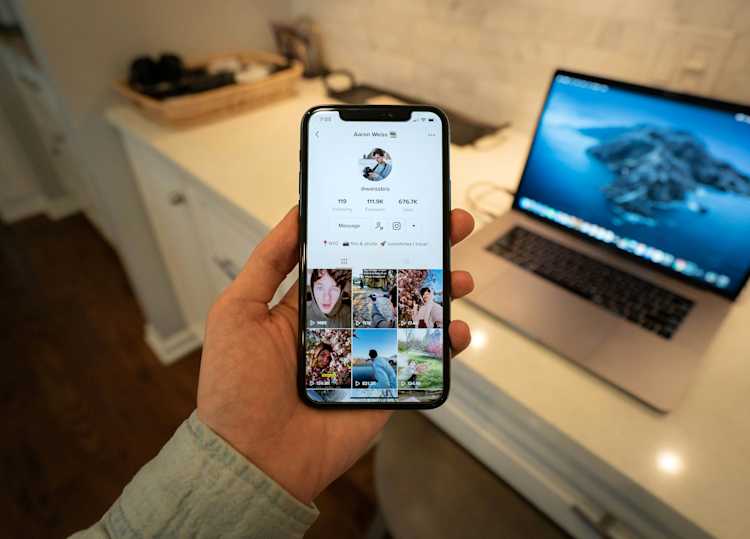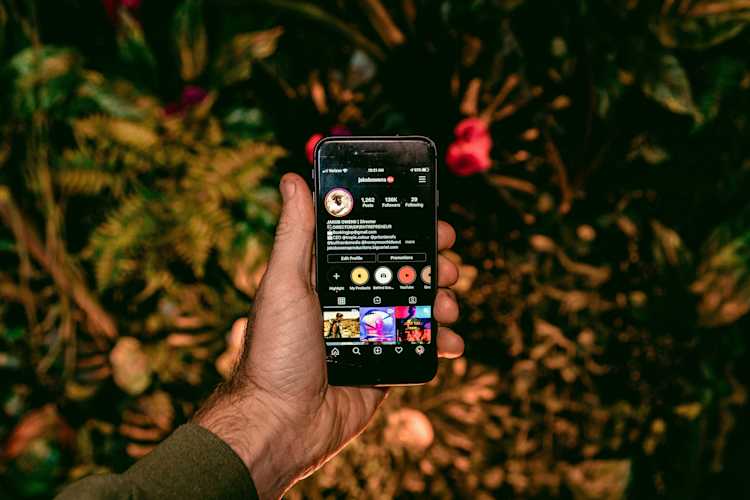Creators & Entrepreneurs
What Are Digital Goods? Beginners Guide + Examples
Learn what digital goods are, including the different types (with examples), and tips for creating and selling your own.
Author
Mighty Team
Last Updated
July 31, 2025

Table of Contents
In this article, we’ll explain exactly what digital goods are. We’ll explain the different types of digital goods with examples, and we’ll give you some tips for creating and selling your own.
What are digital goods?
Digital goods are commodities or products that exist in a digital form, something that can be sold and consumed online. They are different from digital services, since a service requires doing something for someone while a good is selling something to someone.
There isn’t a clear difference between a digital good and a digital product; the two terms are often used interchangeably. But a digital good can also refer to something that has a physical counterpart–for example, a musical album or a video game–while the term digital product often refers to things that are created solely in digital form (like a course or an eBook).

Types of digital goods
There are two main categories of digital goods: consumable and durable. If you're planning to sell digital goods online, it's important to understand the difference. Here's a breakdown:
Consumable digital goods
Consumable digital goods are probably the most common, and no–it’s not stuff you eat. Consumables are digital goods that you use up. For example, when you buy an eBook, you normally consume it–you read it–and when it’s done most people don’t go back to it.
Here are some examples of consumable digital goods:
Streaming subscription services: Netflix, Disney+, Spotify, Apple Music–these are examples of streaming services that are consumable digital goods. If you think about the example of an old movie or album, there was a time when it was a physical good (a CD, DVD, VHS, etc.). But these have taken on a new life as digital goods. Netflix makes around $30 billion/yr from subscriptions to their digital streaming service.

One-time media purchases: The same types of media you purchase on subscriptions can be bought individually. The new release movie can be purchased or rented on YouTube. That new album can be bought on iTunes. Subscriptions are taking over everything, but for now, one-time purchases are still around.
eBooks, audiobooks, & magazines: Like their physical counterparts, eBooks, audiobooks, and magazines are generally consumed (read or listened to) and then never used again. The eBook market alone is projected to reach $15.33 billion by 2027.
Games: Both paid video games and games with in-game purchases make up a significant part of the market for consumable digital goods–generating approximately $26.14 billion in 2023. It’s estimated that there are 1.1 billion online gamers globally.
Online courses: Online courses and e-learning are an enormous part of the consumable digital goods market, projected to be $239.3 billion by 2027–more than half of the current online education market is university courses.
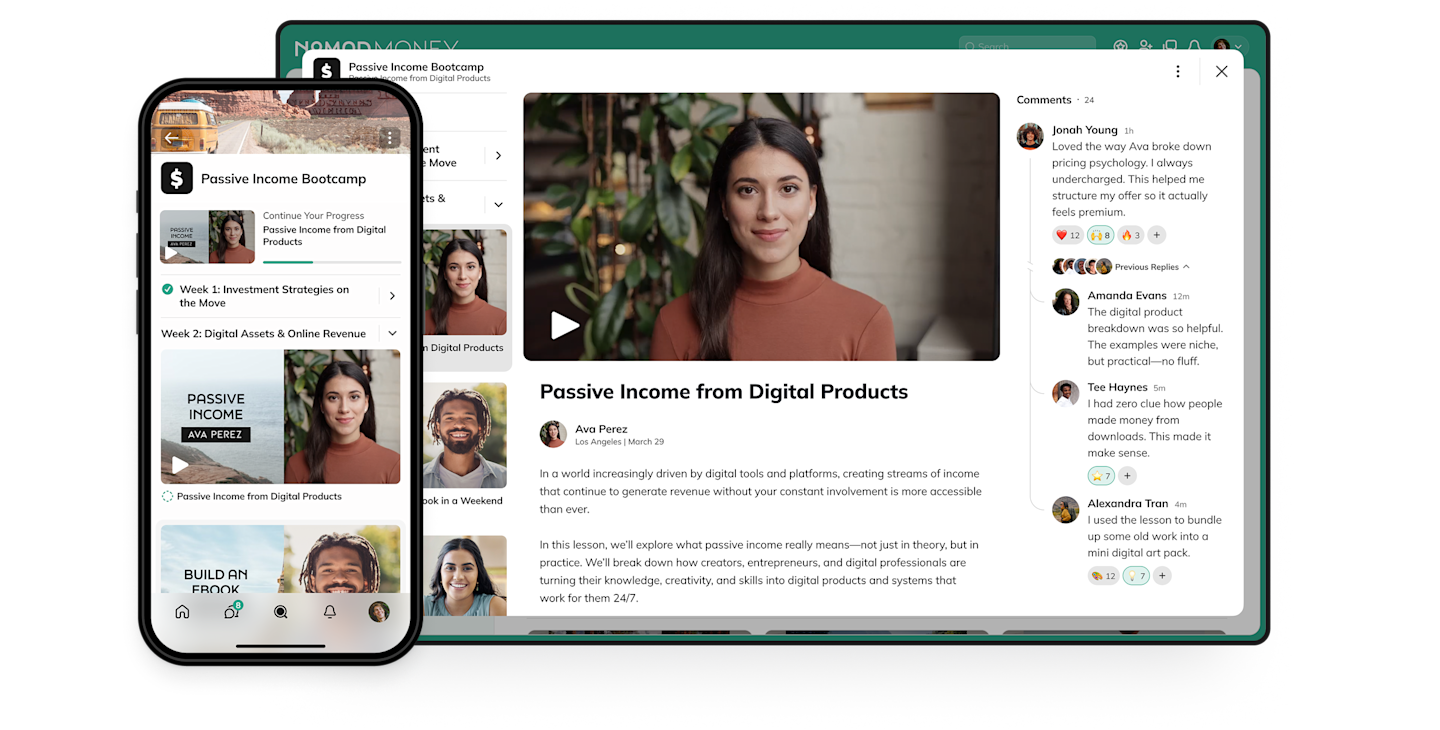
Apps: Finally, the app market is projected to hit $755.5 billion by 2027. Although there’s some crossover with the categories above, monetized mobile apps are a huge part of the digital goods economy.
Membership sites: Usually membership products like online communities are considered consumable digital goods, because if they’re based on a recurring membership fee, your access can expire if you stop paying. However, there are also membership communities that grant lifetime access from a one-time fee, which would make them durable.
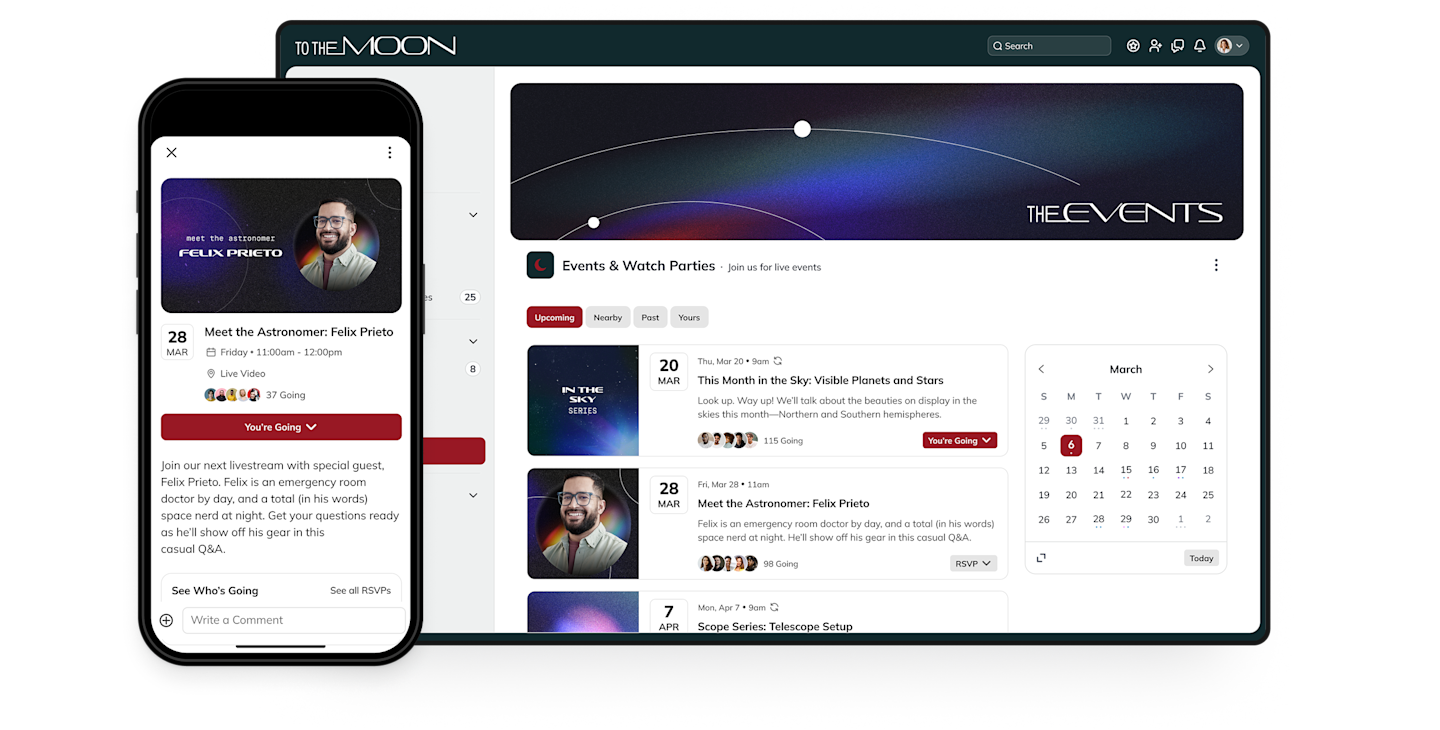
Durable digital goods
While consumable digital goods are goods that get “used up”, durable digital goods are those that stick around–you keep on using them. Here are some examples of durable digital goods.
Software: Most of your main software is durable–you keep using it again and again. Think about Microsoft office, AutoCAD , or Adobe–the people who use them keep using them again and again. However, most software that used to be sold as a one-time purchase (e.g. Microsoft) is becoming subscription based, so even these examples now have a consumable nature to them (once your subscription expires, you can’t keep using them). But if you still have your computer kicking around from 2010, Sim City should still work just fine. It’s a durable digital good.
Digital art: Digital art like NFTs have been all the rage for a few years, although as of writing they’ve fallen a bit out of fashion. But the idea behind an NFT is pretty simple, use Blockchain to ensure that the digital art can stick around and ownership can be established. The NFT market has been projected to hit $3 billion by 2027, but it’s important to note that there’s a lot of fluctuation in the NFT market.

Stock photos & videos: When you buy a stock photo or video from a site like istockphoto, you usually own the rights to it perpetually.
Themes, plugins, etc.: When you buy a premium website theme–say for a WordPress site–you usually own it forever. This can also apply to other pre-made software that’s created by someone else and purchased; for example, an Adobe Lightroom preset, a LUT filter for video editing, or a pre-recorded sound sample for music.
Operating systems: Technically, even your operating systems are digital goods! If you’ve paid for Windows or macOS, you can usually keep it for the lifetime of your computer. They even push you the newest updates free of charge to keep the software opening at its best.

Advantages to digital goods
Many brands and companies have turned almost completely to digital goods, and with good reason. Digital goods can be more profitable, easier to deliver and service, and more accessible to customers. Here are some of our favorite examples of digital goods
Convenience: For customers, digital goods offer instinct gratification. They can be bought and delivered with one click. No waiting for shipping.
Simplify operations: a retailer selling physical goods needs to worry about stock, supply chains, delivery, and returns–not to mention physical storage (which could mean renting or buying warehouse space or a storefront). Digital goods remove all these things from the traditional business model.
Increase profits: since your revenue doesn't need to cover shipping, storage, manufacturing, or returns, you get to keep more of the profits.
Total price control: because you don't have all the operating costs associated with physical goods, you can choose to offer things at a lower price–which could be a competitive advantage for some types of goods. Or, you might just keep more of the profit.
Environmental impact: finally, digital goods have very little environmental impact. You're not using resources, gas, packaging, etc.
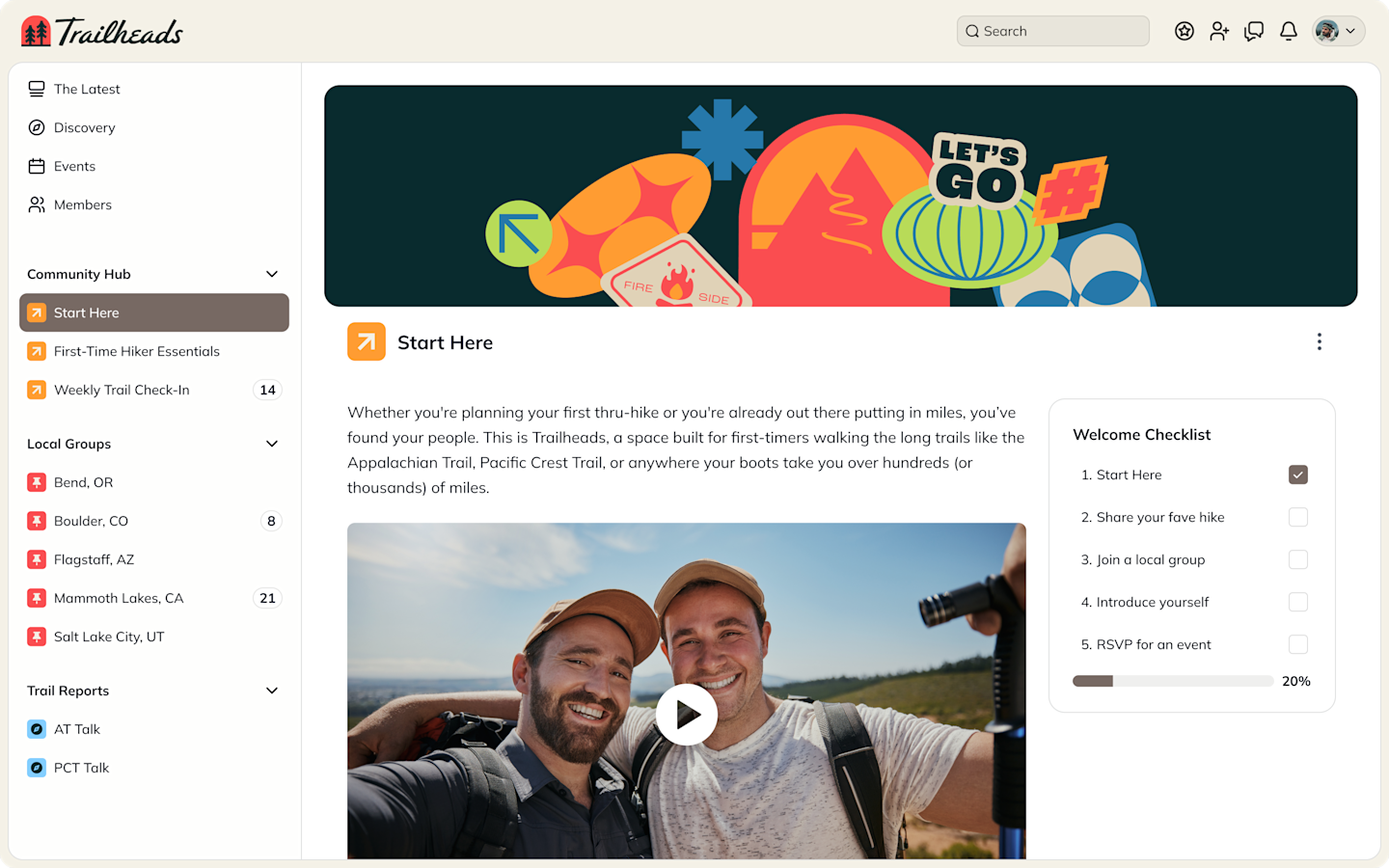
Disadvantages of digital goods
More competition: there's competition with any business, but entering the online marketplace means that you are competing with the best from around the world. The good news is, you also have the entire world market at your fingertips. So if you can carve out a niche, it should be fine.
Upgrades and support: some digital goods require upgrades and support. If you are selling apps or software, you need to be proactive about keeping them up to date.
Value fluctuations: some digital goods are subject to fluctuations in value. For example, nfts were all the rage a few years ago, but a lot of the biggest ones haven't kept their value. Even digital currencies have fluctuated wildly.
Licensing and copyright challenges: ever since Metallica sued the creator of Napster–the original pirated music site–creators have known that putting their work online carries risk. People can rip it off, copy and outright steal, and it's not always easy to stop them.
Data privacy issues: digital goods that collect user data are subject to rules and regulations on data collection–and many countries and jurisdictions have their own.
Legal & tax issues: Creating digital goods may have legal repercussions or taxation issues. For example, selling digital goods around the world might require understanding regional tax laws. Even in the US, different states have different tax rules.
Content persistence: if your digital goods are built with some sort of content, you need to make sure that the platform and hosting stays up to date. For example, if you built a digital course with Vimeo videos, you would need to keep paying for the subscription for your members to keep having the same experience.
Where can digital goods be sold?
Digital goods can be sold on online marketplace platforms like Amazon (e.g. an eBook or a movie). Often they are built into subscription monetization models, like Netflix or Disney+ (although in these cases you don’t own the digital good–you rent it).
For the individual creator or small entrepreneur, it’s common to find a platform to sell your digital goods–for example, Mighty Networks is a great platform to build and sell courses on. Others will choose to sell digital goods via their own website through a store of some kind. As long as you have a place where customers can find your goods, pay for them, and get access, you can sell them.
Here's a more in-depth breakdown of where to sell digital goods:
Digital Marketplaces
Most of us buy digital goods on marketplaces. Amazon alone made over $500 billion in 2022, and digital goods like ebooks, downloads, music, and even their AWS products are responsible for a lot of that revenue. There are also niche market places for digital goods. For example, you can find online courses on marketplaces like Skillshare or Udemy. Or, if you're selling digital art or printables, Etsy might be the go-to marketplace for you.
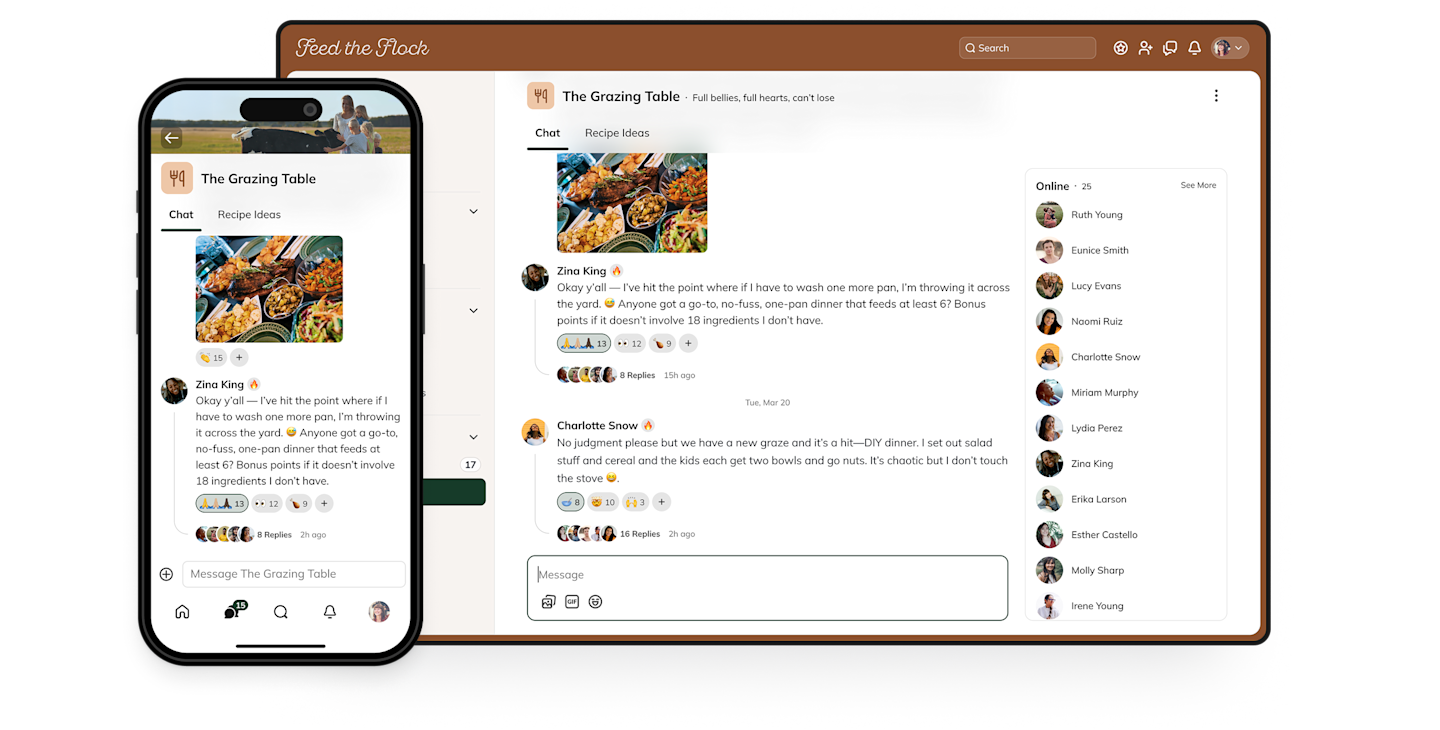
Online platforms
Online platforms let you create digital goods and sell them, without being at the mercy of a marketplace like Amazon. For example, building a member-led community on a platform like Mighty Networks lets you create your own content, community, courses, and events. But since you own your own space on the platform, you're not competing with other creators. And, you keep the money you make.
Your own website
You can also sell goods on your own website. If you’re a smaller brand, you’ll need to figure out how to drive traffic and make sales–but a lot of bigger brands just sell from their websites. If you want to buy from Microsoft, you go to their website–not Amazon. You could add ecommerce to any website with plugins like Shopify.
Your own app
You can also sell digital goods from your own app. A lot of our favorite brands do this. For example, Netflix, Amazon Prime, and Disney+ all have apps that you can install on your smartphone, tablet, or smart TV.
As a brand or company, it's never been easier to build your own app with lots of app development companies to choose from. With Mighty Pro, we build premium course, community, and event apps for member-led businesses. A lot of our hosts have scaled to 6-, 7-, and even 8-figures.
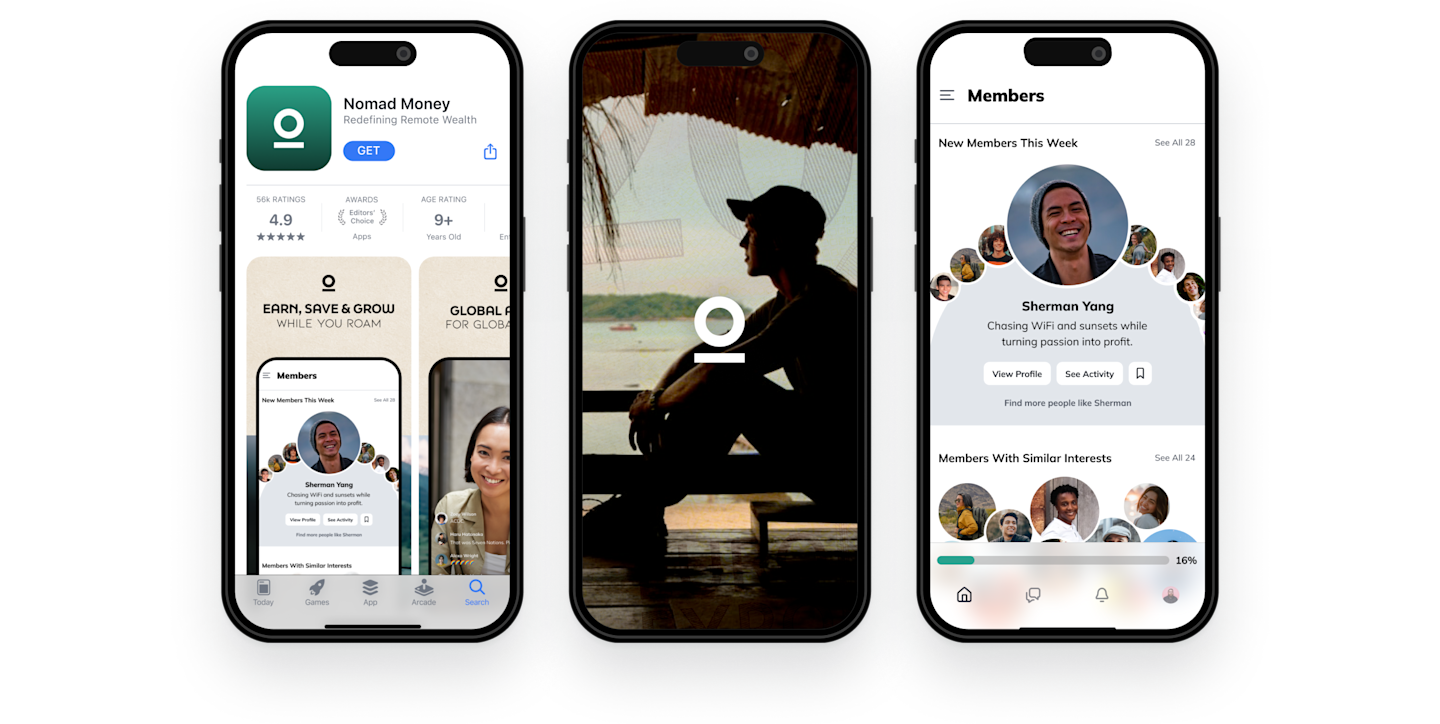
How to sell digital goods
If you're creating your own digital goods to sell, the amount of information can be intimidating. And there are a lot of people promising a lot of things–can the Facebook ad really help you get to $50,000/mo?
We watch our Mighty Hosts sell digital goods, many of them building powerhouse businesses from it. Here's what we learned from them.
Member-led is best: Member-led growth business offers you the ultimate business model–a community flywheel. We’ve seen that brands that can turn subscribers, followers, or customers into MEMBERS predictably sell pretty much anything they offer. And those members tell more people, leading to organic word-of-mouth growth. If you’re selling a digital good and you can connect it to a thriving community and give people a place to belong, you’ve got the recipe for a valuable business.
Niche more than you think: Seriously, when you’re choosing an Ideal Member, user, customer, or whatever, niche down. And you can probably niche further than you think you need to. If you’re creating an online course for marketers, “online marketing” is way too big. Even “Facebook marketing” might be too big. “Facebook marketing for solopreneurs” might be perfect. Finding your niche helps you deliver more value AND helps the person who buys your digital goods know it’s for them–making sales easier.
Eliminate tech debt: One of the most common reasons digital goods businesses fail has nothing to do with their product or marketing. A lot of digital goods fail because of nightmare tech stacks. When your members have to purchase a course in one place, access a community in another, and go to events in a third, you end up with a user experience nightmare. We see again and again that when brands get everything in one place and simplify their users’ experiences, they become more profitable.
Choose the right place to sell: You need to choose a platform that fits your business model. If you’re trying to sell an ebook, it probably doesn’t make sense to go to all the work to set up a website with checkouts, etc. (but hey, maybe it’s your thing! And that’s okay!). Most self-published authors go to Amazon, because there’s an audience looking for it. If you’re building a SaaS company, selling on your own website makes sense. For courses and communities, we love platforms that let you monetize your members without spending your hard-earned dollars on huge percentage cuts from your revenue (e.g. did you know Patreon takes up to 12% of your revenue?). Do your homework and choose the right place to sell.
Consult the right experts: If you’re new to selling digital goods, it’s worth consulting the right experts to get the advice you need to succeed. Setting up a business usually means a chat with an accountant and a lawyer. If you’ve got intellectual property, an IP lawyer might be in order. If you’re building your own software, you might need quotes from developers. Gather the right people to support you as you create your digital goods.
Conclusion
If you want to build courses and communities as your digital goods, come build with Mighty! Our Mighty Co-Host™ will use AI to get your community set up and ready to sell in the next 10 minutes. You can mix in live events, discussion forums, chat & messaging, content, member profiles, livestreaming, and more. Unlock profitable recurring revenue with memberships, and/or mix with bundles and add private groups or live courses. You can sell in 135 different currencies, or even monetize with token-gating.
Try it free for 14 days!
Ready to start building your community?
Start a free 14-day trial to explore Mighty—no credit card required.
More like this
Join Mighty Community
Learn the principles of Community Design™ (and see them in action) alongside thousands of creators and entrepreneurs. It's free to join!

Communities & Memberships
Community Platforms
Managing a Community
Building a Community
Growing a Community
Monetizing a Community
Content Creation
Online Courses
Creating a Course
Teaching a Course
Course Platforms
Selling a Course
Creators & Entrepreneurs
Monetization
Content Creation
Starting a Business
Website Builders
Creating & Managing a Website
Events
Event Platforms
Hosting & Marketing Events
Branded Apps
Creating a Mobile App
Coaching Apps
Community Apps
Coaching
Mastermind Groups
Starting a Coaching Business
Coaching Platforms
Filter by Category
Communities & Memberships
Online Courses
Creators & Entrepreneurs
Events
Branded Apps
Coaching
Build a $1 Million Community
This free masterclass went viral—sign up to learn why.







